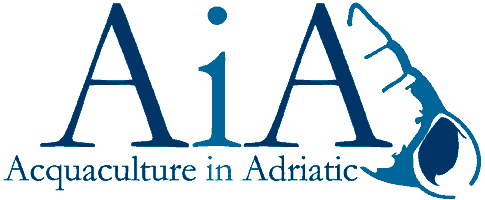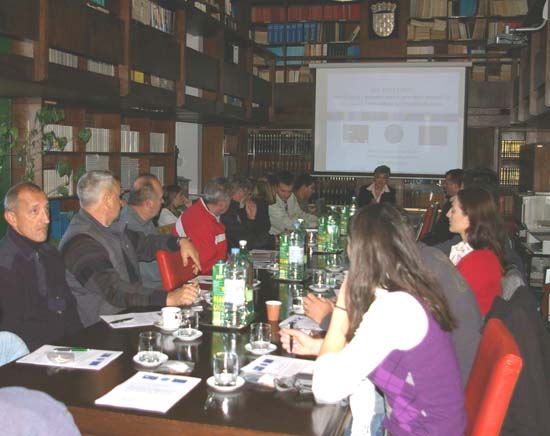 |
||
AiA web page

|
AiA – INTERREG
Along Croatian coast of the Adriatic Sea, two bivalve species are aquacultured - European flat oysters (Ostrea edulis) and black mussels (Mytilus galloprovincialis), primarily using suspended off-bottom technique. In recent years, studies have been initiated to estimate potential of introduction of other bivalve species into aquaculture. Although some data, primarily on biology of commercially interesting species have been collected, there is still lack of information regarding distribution of natural stocks of commercially interesting bivalves. It is known that 67 edible species of bivalves live in the Croatian part of the Adriatic, out of which 16 are commercially important and occasionally available at seafood markets.
In a period from July 2007 to December 2008 AiA-INTEEREG project, financed by the European Union, was jointly conducted by the Institute of Oceanography and Fisheries from Split and project partners from Italy, Bosnia and Herzegovina, Montenegro and Albania with the main aim of improving and diversifying bivalve aquaculture in the Adriatic. Activities conducted by Croatian partner included field collection of data on bivalve distribution and population structure with the aim of characterizing habitats and identifying most suitable candidate species for introduction into aquaculture. Results of this project showed that most interesting candidate species for aquaculture in the eastern Adriatic are Noah’s Ark shell (Arca noae) and warty venus (Venus verrucosa).
Results of the project were presented at workshop of stakeholders held on 26th November 2008 at the Institute of Oceanography and Fisheries in Split. Participants included representatives of Directorate of Fisheries, Croatian Chamber of Trades and Crafts, people involved in bivalve harvesting, aquaculture and trade, and scientists.

|